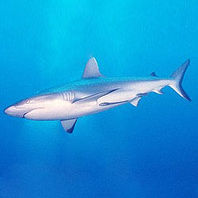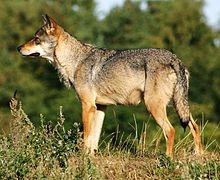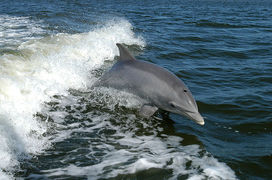Hypothesis, observation, inference, and evolution:
Scientists are good at developing hypotheses, making detailed observations, and using careful observations to make inferences. In the field of evolutionary biology scientists use these skills to learn about the relationships between different organisms. By carefully observing the characteristics of all living things, we can infer the relationships between them and make predictions about possible common ancestors.
Making Observations and Inferences: What do you already know?
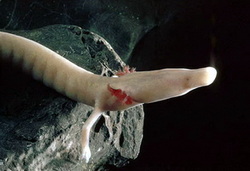
Group discussion: What is the difference between an observation and an inference?
- Look at the picture on the right. Make two observations and two inferences about this organism. Share them with your neighbors.
USING OBSERVATION AND INFERENCE TO MAKE A CLADOGRAM:
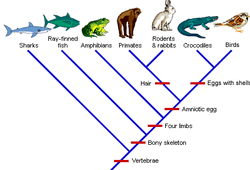
Cladistics is the study of possible evolutionary relationships between organisms. Scientists use careful observations of specific traits to make inferences or detailed predictions about potential evolutionary relationships. On the right you see a Cladogram. This is a tool used by evolutionary biologists to make inferences about the relationships between organisms and display them graphically.
- Click on the picture on the right. Name two organisms that are closely related and describe the common traits they share.
- Which organisms below do you think might share a closer common ancestor?
